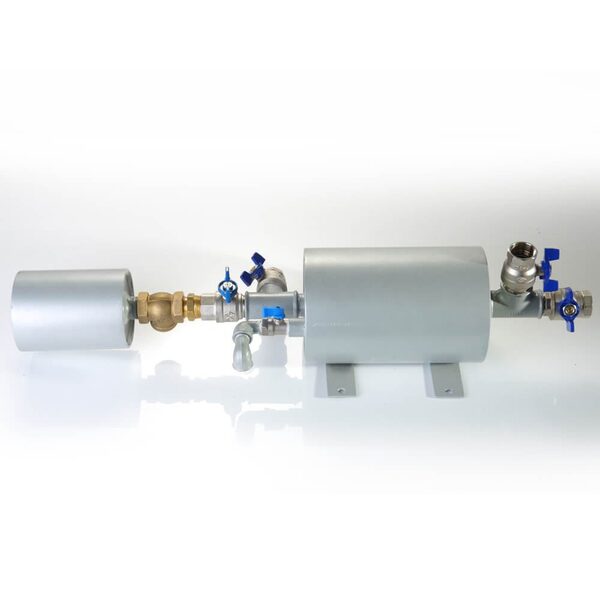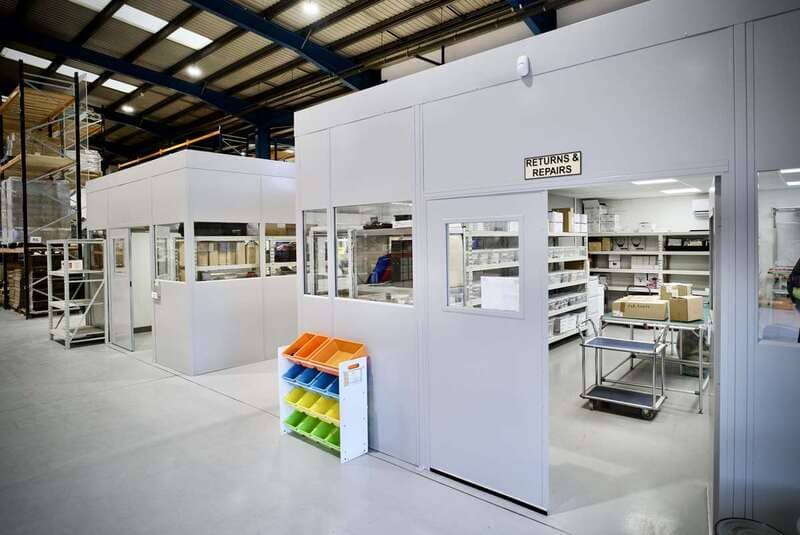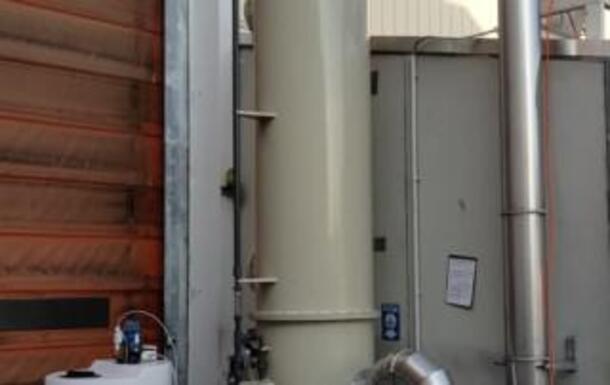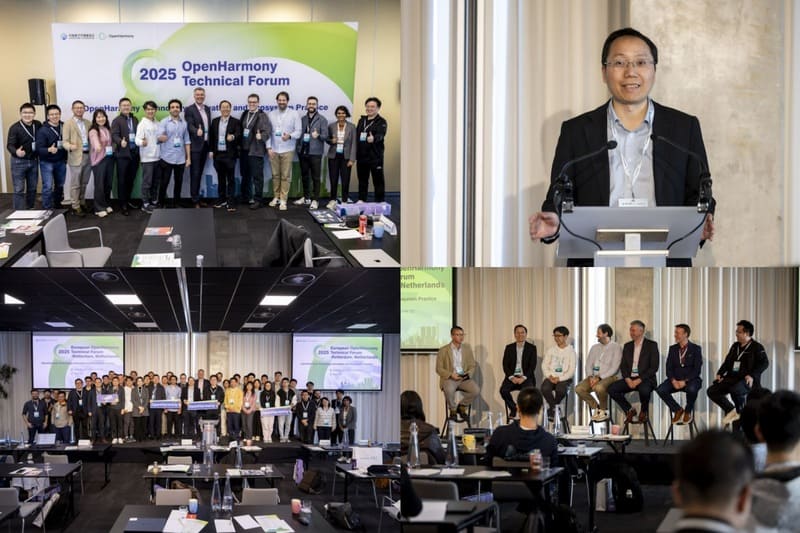
In commercial and industrial buildings, closed-loop heating and chilled water systems are vital for maintaining comfortable indoor environments and ensuring energy efficiency. These systems circulate water or water-glycol mixtures through pipework, radiators, fan coil units, or air handling equipment to deliver heating or cooling where it’s needed. Yet despite the sophisticated design of boilers, chillers, pumps, and controls, there’s one often-overlooked but essential component that keeps these systems running reliably: the dosing pot.
Despite its small size and simple appearance, a dosing pot plays a critical role in maintaining water quality, protecting expensive system components, and extending the operational life of heating and cooling installations. Without it, facilities risk higher maintenance costs, lower energy efficiency, and even premature system failure.
What is a Dosing Pot?
A dosing pot, sometimes referred to as a chemical dosing unit, chemical pot, or dosing vessel, is a sealed chamber installed on closed-loop heating or chilled water systems. Its purpose is to allow maintenance teams to introduce corrosion inhibitors, biocides, antifreeze, and other water treatment chemicals into the system safely and accurately.
Because these systems are sealed and pressurised, simply adding chemicals directly into the circuit isn’t practical—or safe. Doing so would often require shutting …


